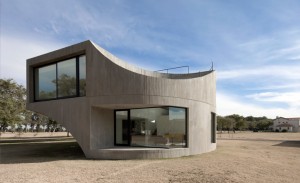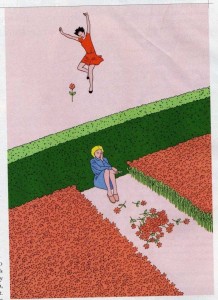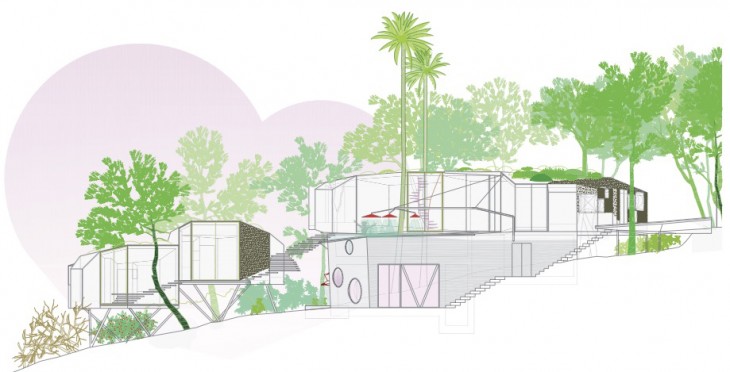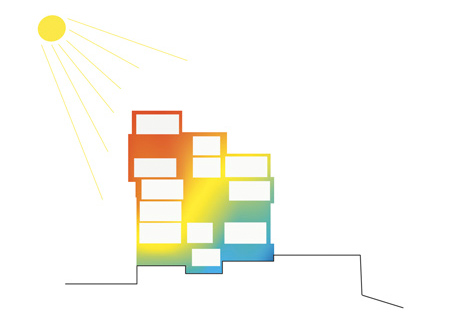CONSTRUCTING ATMOSPHERE
The book talks about how creating an atmosphere has always been an important criteria for an architect, where atmosphere of a building is a sensuous emission of sound, light, heat, smell, and moisture; a swirling climate of intangible effects generated by a stationary object. This holds good for the inhabitants also as its the environment that leaves the effect on the inhabitant than the building itself.
FL Wright considered himself as the architect of atmosphere, insisting that power of architecture lies in that which cannot be perceived. He believed that a good atmosphere is produced by integrating every single detail according to a singular vision.
The next generation of architects rejected any emphasis on atmospherics but they too tried to blend every element in a building to create an effect .Even with their drawings, they tried to create a sense of atmosphere, drawings show the edges of buildings glowing or blurring the building to merge with atmosphere.
Then the book talks about the urban landscape, where there is sudden change in ambience in every few meters. To improve on it the “situationist” proposed many schemes like introducing psycho geographic architecture on cities, like the line’s that define its spaces would be completely different than the ones that define buildings, street and so on. Reconstructing a city could also be achieved by creating decor all around the cities.
VIEW HOUSE
This house designed by Diego Arraigada & Johnston Marklee is a good example of “Architecture of Atmosphere”
The house is in the form of the cylinder, where four geometric mass is removed from the cylinder, creating a dynamic exterior shape. In interior these scooped out mass creates an impression that it spirals from ground to the top which, together with a contiguous aperture, results in an interior landscape of surfaces, views, and lighting effects.
This shows that that the architect gave emphasis on the atmosphere than looking the building as an element.
TOPIC FOR RESEARCH
I would like to research on using computation on achieving or deriving the lines at attaining a design process which cannot be achieved or perceived by human mind.





